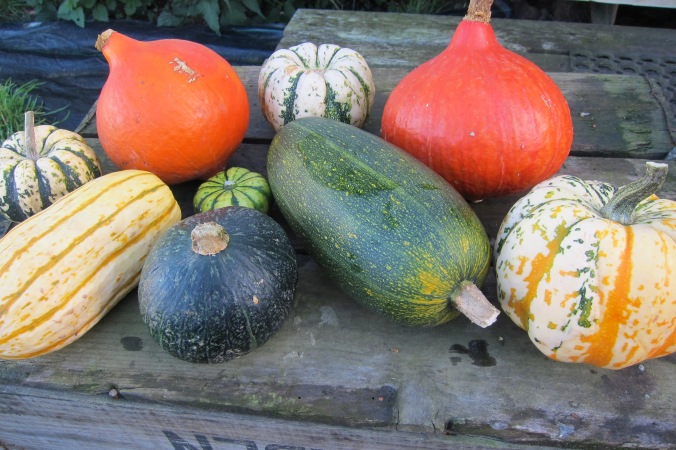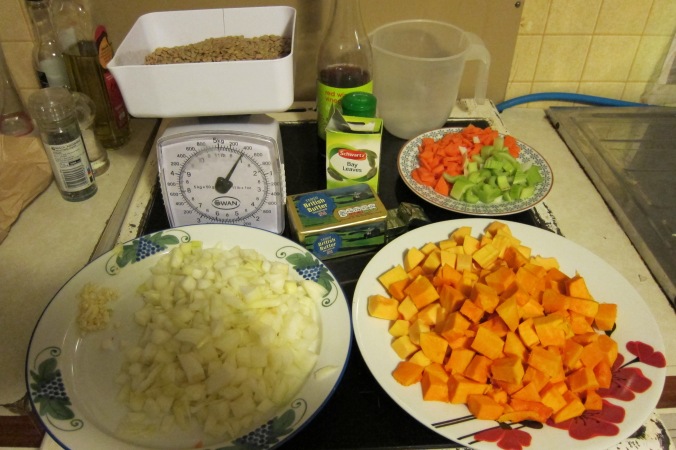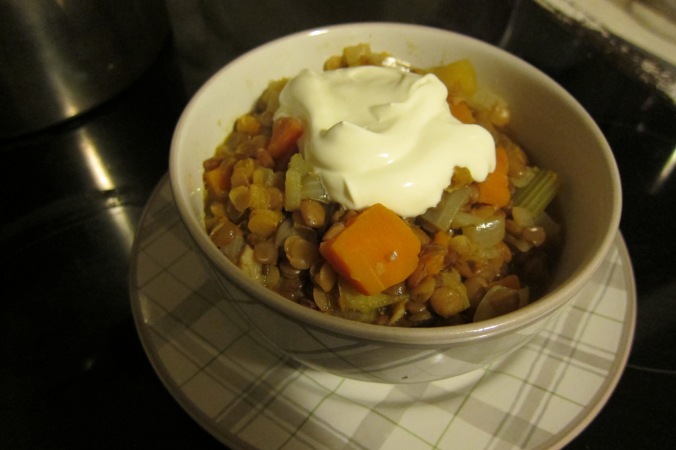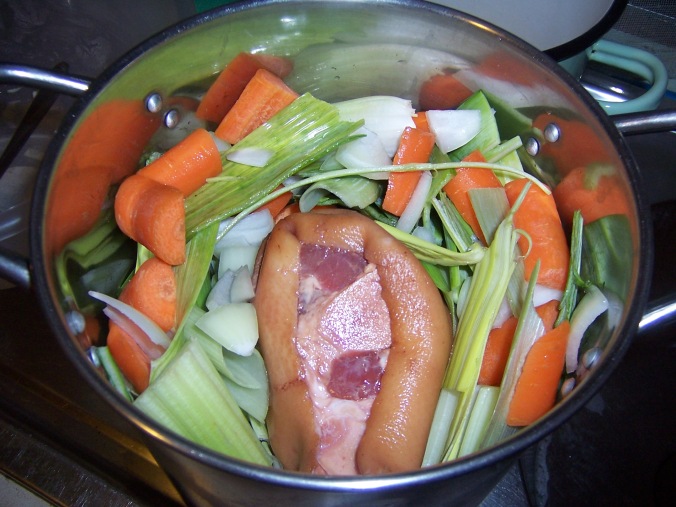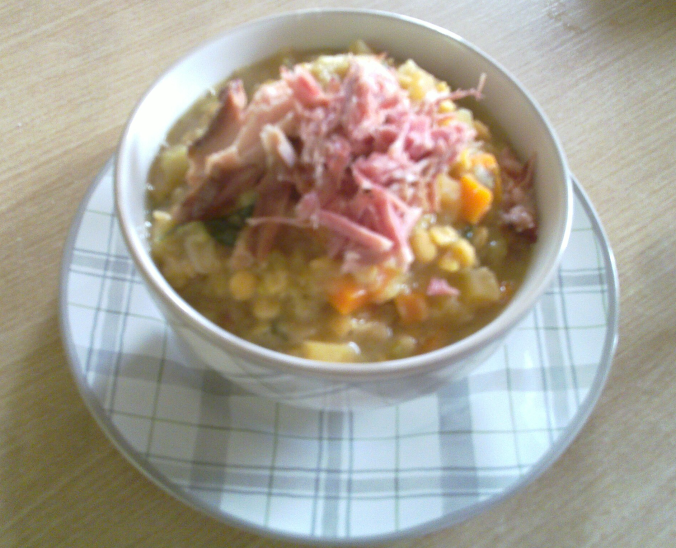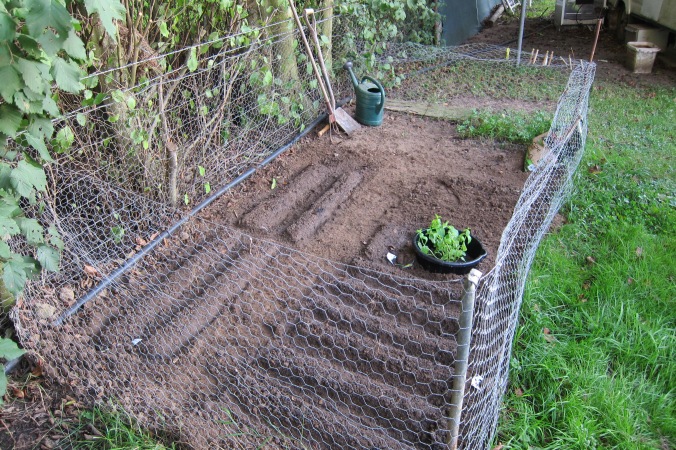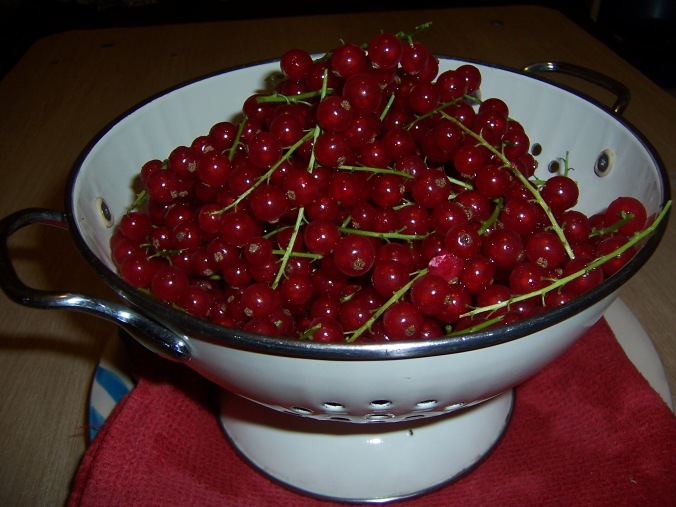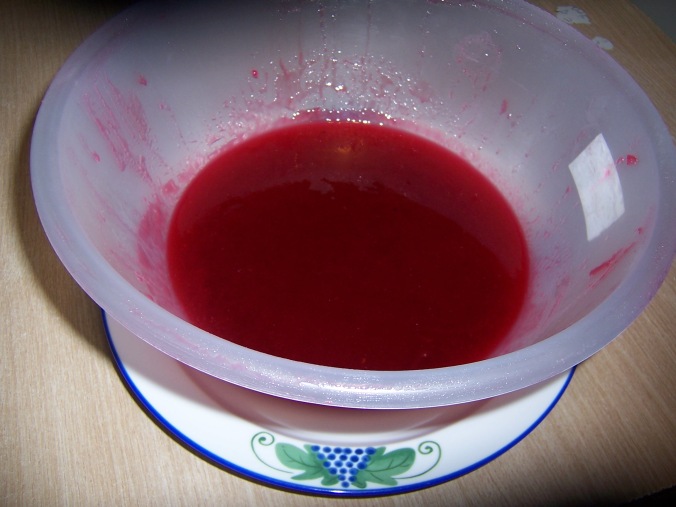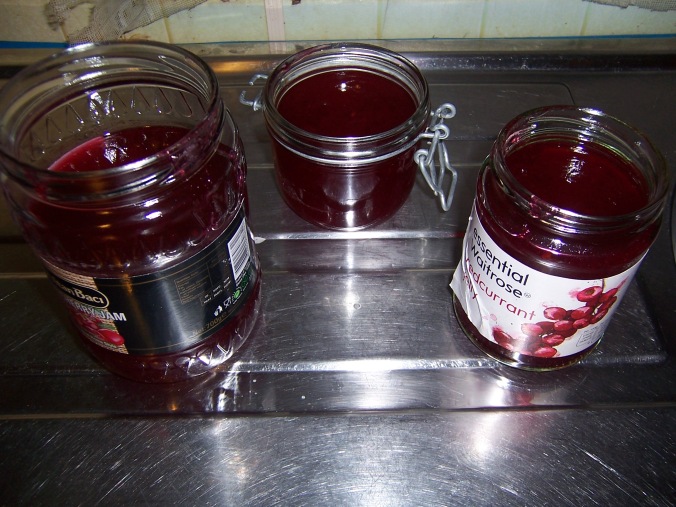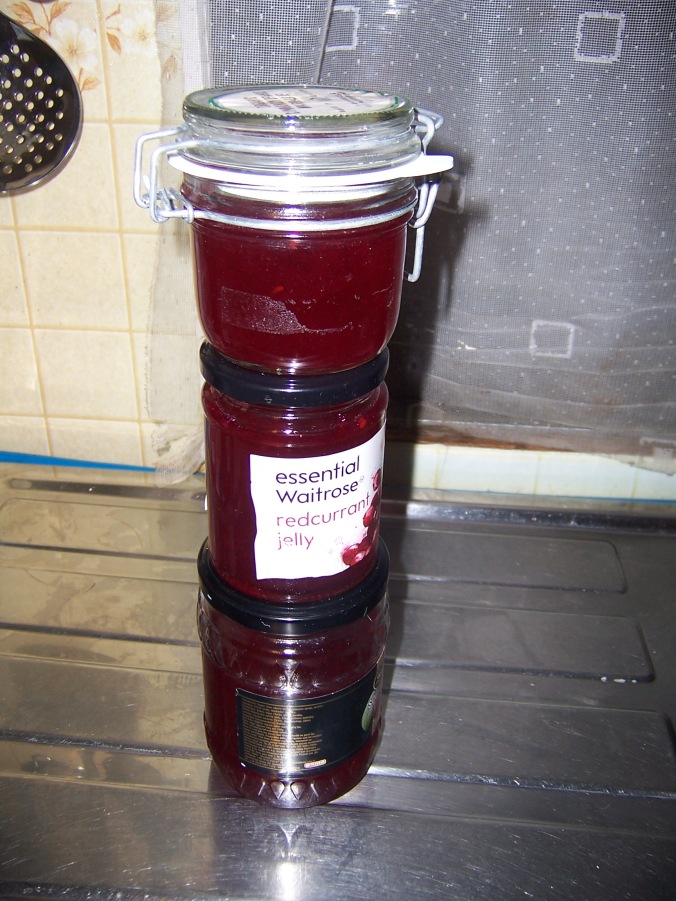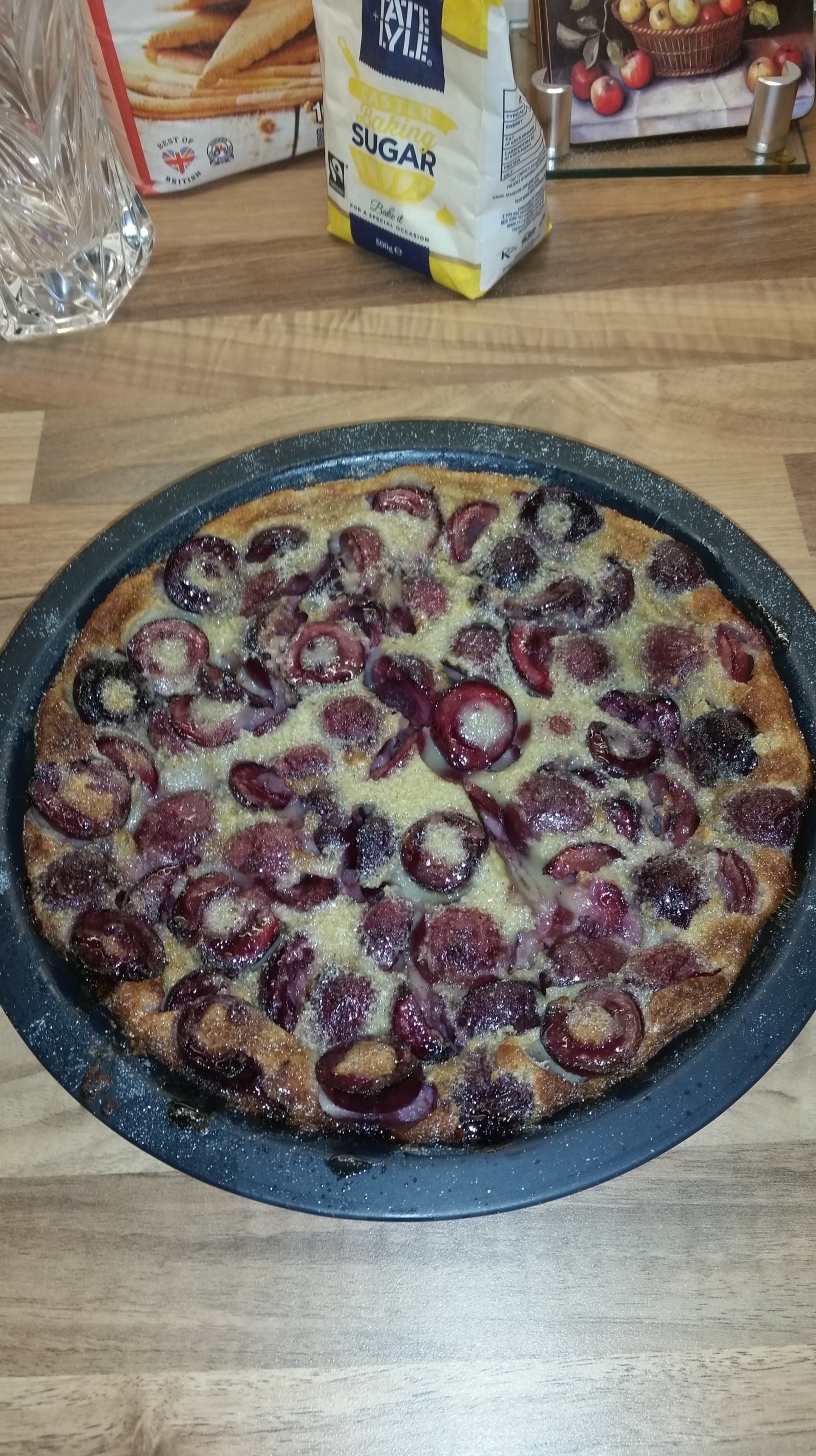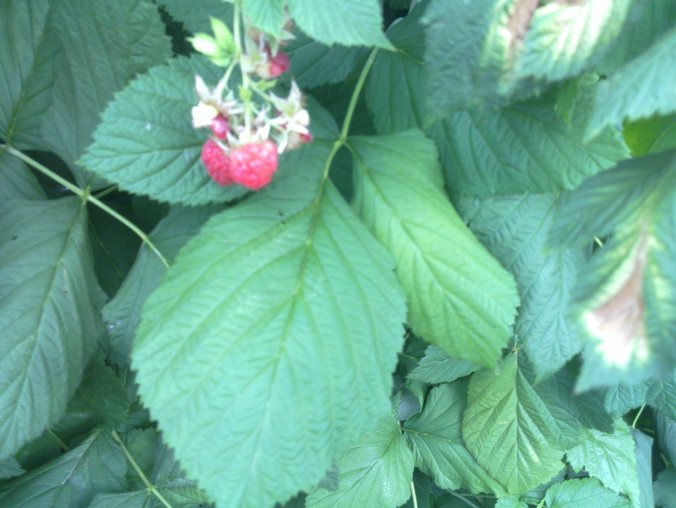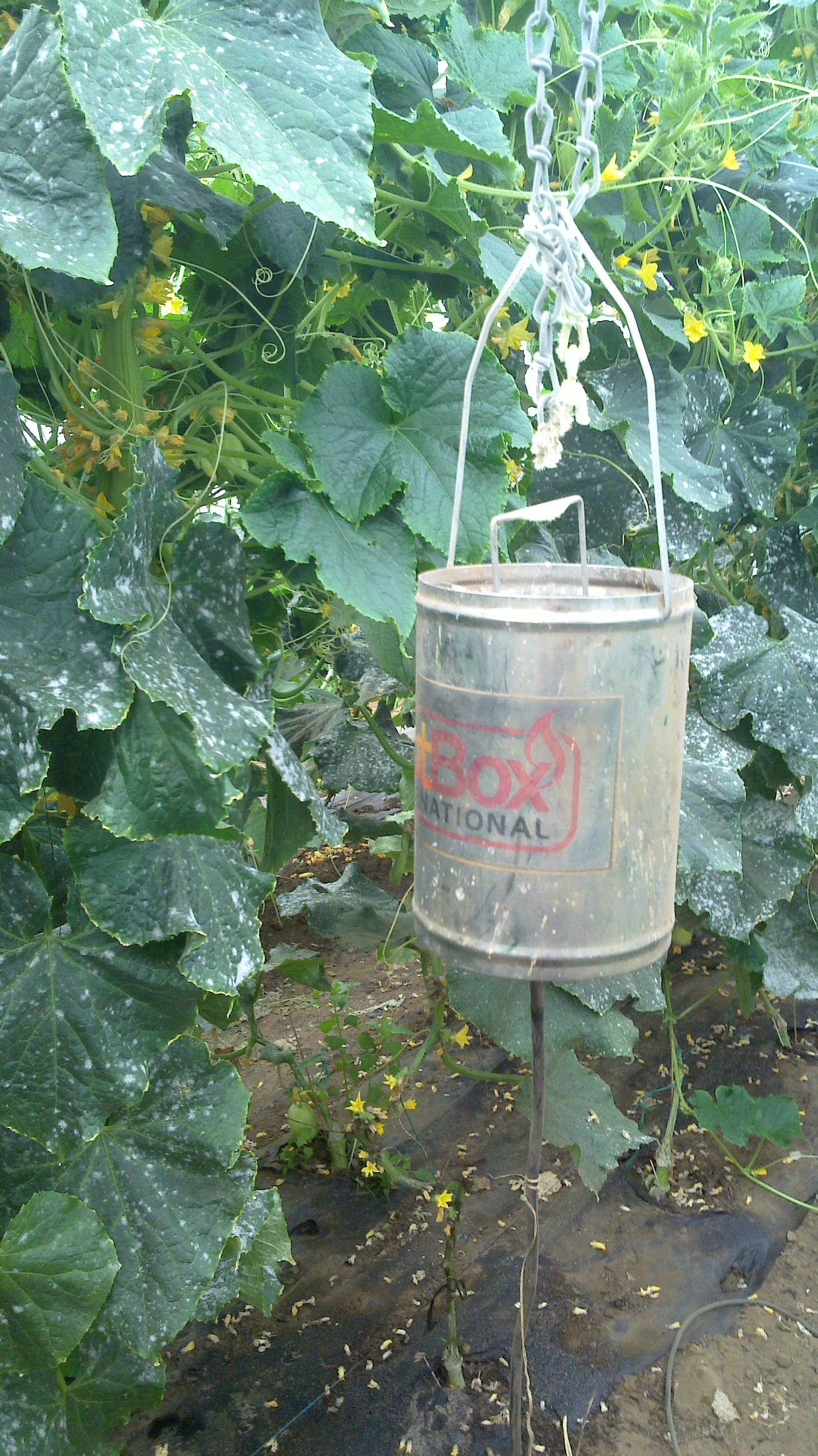Last spring i discovered wild garlic leaves, for the first time, after selling them at the farmer’s market. It is one of the few things we do not need to plant on the farm, along with nettles. Our farm is bordered by woodland, and also a river, and wild garlic grows not only in the woodland around the farm, but all over England (and Europe i believe) this time of year. It is coming to the end of the season for wild garlic; and just like last year i thought i would venture out into the woods myself and pick some for the pot before it is all gone.
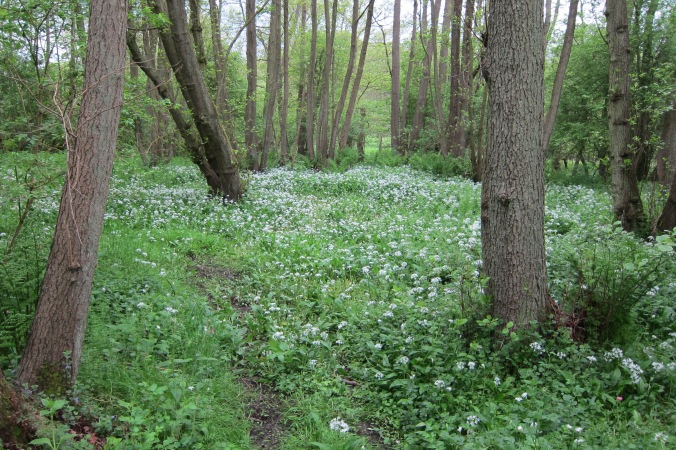 And here it is: i found a patch. The white flowers are wild garlic flowers.
And here it is: i found a patch. The white flowers are wild garlic flowers.
 And these are the garlic leaves, which i picked.
And these are the garlic leaves, which i picked.
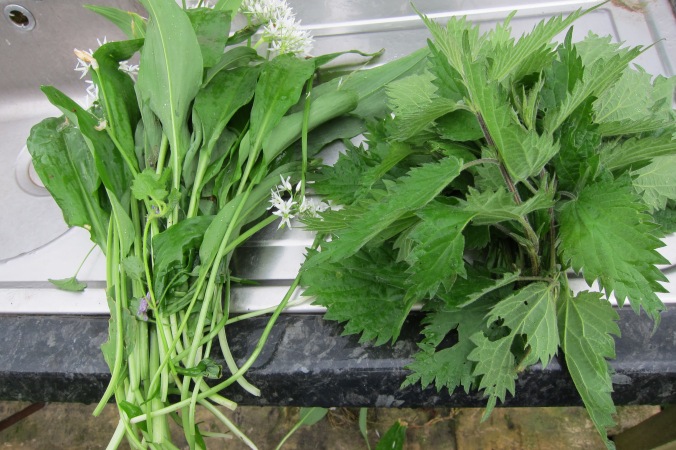 And here is enough Garlic leaves and nettles for my soup, just washed – before heading for the kitchen. (Washing the nettles under a cold tap completely removes the sting from the tops of the leaves.)
And here is enough Garlic leaves and nettles for my soup, just washed – before heading for the kitchen. (Washing the nettles under a cold tap completely removes the sting from the tops of the leaves.)
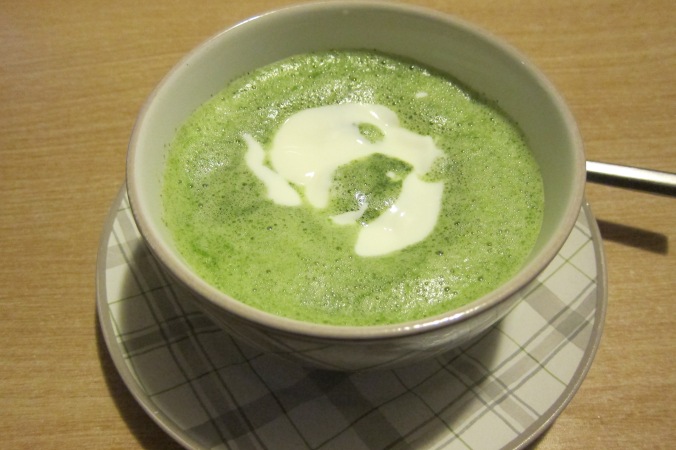
This is the end result (recipe to follow), with a tablespoon of yoghurt, and two halves of boiled egg, which have sunk out of sight. Very tasty, and very healthy.
I used this recipe:
http://www.viktoriastable.com/nettle-and-green-garlic-soup/
Ingredients:
For two servings:
A bunch of nettles
A bunch of wild garlic leaves
one tbsp butter or olive oil
one onion chopped
1/4 cup fresh dill chopped
2-3 cups of liquid from boiled nettles
one tbsp lemon juice
one egg yolk
To serve: two boiled eggs, halved, two tbsp of yoghurt
Instructions:
- Bring a pot of (3/4 litre) salted water to boil
- Add the bunch of washed nettles, biol for 5 minutes. remove nettles from pot, reserve liquid.
- Lightly fry chopped onions in butter/oil, for 5 minutes.
- Discard thick stems of nettles, and return soft leaves and soft stems, back to pot – along with 2-3 cups of the reserved liquid, in which the nettles were boiled.
- Bring to boil, and then simmer soup for 15-20 minutes.
- Mix the egg yolk with the lemon juice. If the soup is cold, add this mixture to pot. If the soup is hot, temper with few tbsp of the hot soup before adding to pot.
- Puree soup in (or with) a blender.
- Top soup with a few halves of hard boiled egg, a couple tbsp of yoghurt, and a garnish of whole dill.
Many people at my market, ask for suggestions, on how to use nettle tips (stinging nettles) and also wild garlic. This recipe combines both, in a seasonal sensation.
